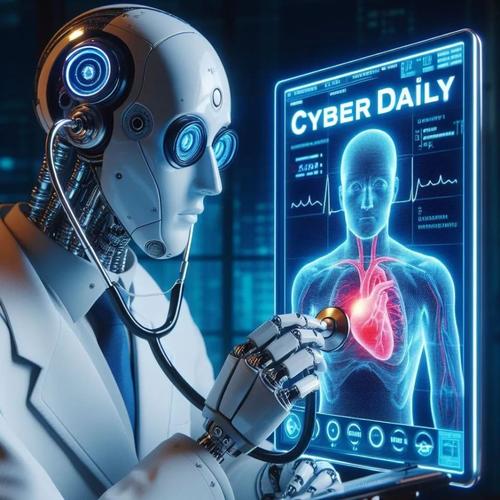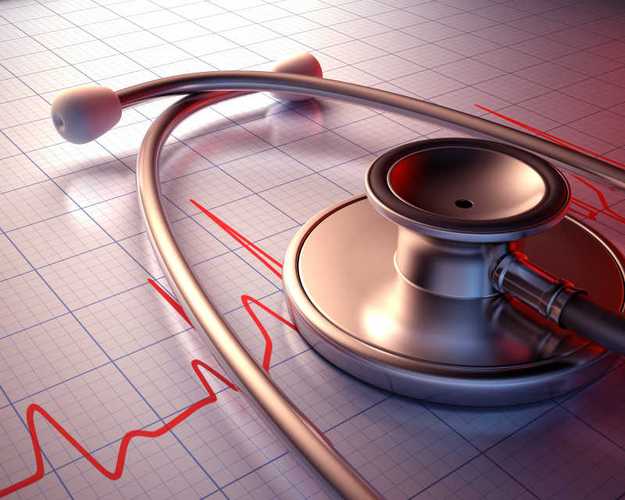An Al Stethoscope That Reads Heartbeats in Seconds - A New Guardian of Heart Health
The heart is the drumbeat inside our bodies, the rhythm of life itself. But sometimes, hidden within that rhythm are problems we cannot sense. The traditional stethoscope lets doctors listen to heartbeats, but its "hearing" has limits. Now, a small artificial intelligence stethoscope is changing everything—it's like a super-sensory detective, uncovering secrets hidden deep within the heart in just a few seconds.

All it takes is a device no bigger than a deck of cards, gently placed on the chest. This is no ordinary stethoscope-it's a silent investigator. Tiny heart sounds, subtle changes in blood flow, even faint murmurs that human ears cannot catch, are all recorded, captured, and analysed. Seconds later, it can reveal whether your heartbeat is healthy or if hidden abnormalities lurk beneath the surface. Its magic lies in the intelligence of its algorithms. Instead of merely amplifying sound, it breaks each heartbeat into data, interpreting it as if it were a unique "language of the heart." Every thump, every drop of blood is like a letter written by the heart to the body. The AI stethoscope becomes the translator who makes these letters legible, turning complex rhythms into clear signals that both doctors and patients can understand instantly.
The real-world impact is exciting. Many heart conditions show no early symptoms— patients often feel nothing until a crisis strikes. But the Al stethoscope works like a sentry, detecting danger before it arrives. Studies show that doctors using this device are several times more likely to catch potential heart problems compared with traditional methods. Whether it's reduced pumping efficiency, valve abnormalities, or silent yet risky rhythm disorders, they can all be detected within seconds. What's more, this device doesn't just rely on a single heartbeat's evidence. Like a patient detective, it collects large amounts of data, continuously comparing and analysing until it builds a deep "understanding" of each patient's heart rhythm. Even the tiniest, most elusive irregularities struggle to escape its "ears." This means more accurate diagnoses for doctors and earlier treatment opportunities for patients— stopping risks before they grow.

It could ever transform how we think about heart health. In the future, such devices might be used not just in hospitals, but in local communities or schools. Heart monitoring would no longer require a formal request to a doctor. If someone feels discomfort, they won't need to fear long hospital waits— this little device can provide vital clues within seconds. For ordinary people, it brings peace of mind. Heart problems often hide silently, and too many people collapse without warning. Now, with an AI stethoscope at hand, it's like having a vigilant friend nearby— quietly watching, ready to alert, ensuring patients and doctors can act in time.
The beauty of technology lies not in its coldness but in how it deepens our understanding of ourselves. It makes the whispers of the heart audible and meaningful. Looking back over two centuries of stethoscope evolution-from a wooden tube in 1816 to today's AI-powered marvel, the transformation is breathtaking. We are no longer guessing at the health of the heart with our ears alone.
Instead, we have the eyes, ears, and brain of technology helping us truly understand it.
Each heartbeat can now be instantly interpreted, each drop of blood revealing hidden clues. And the Al stethoscope stands as a silent yet sharp guardian, quietly protecting the rhythm of our lives.

(Writer:Lily)

